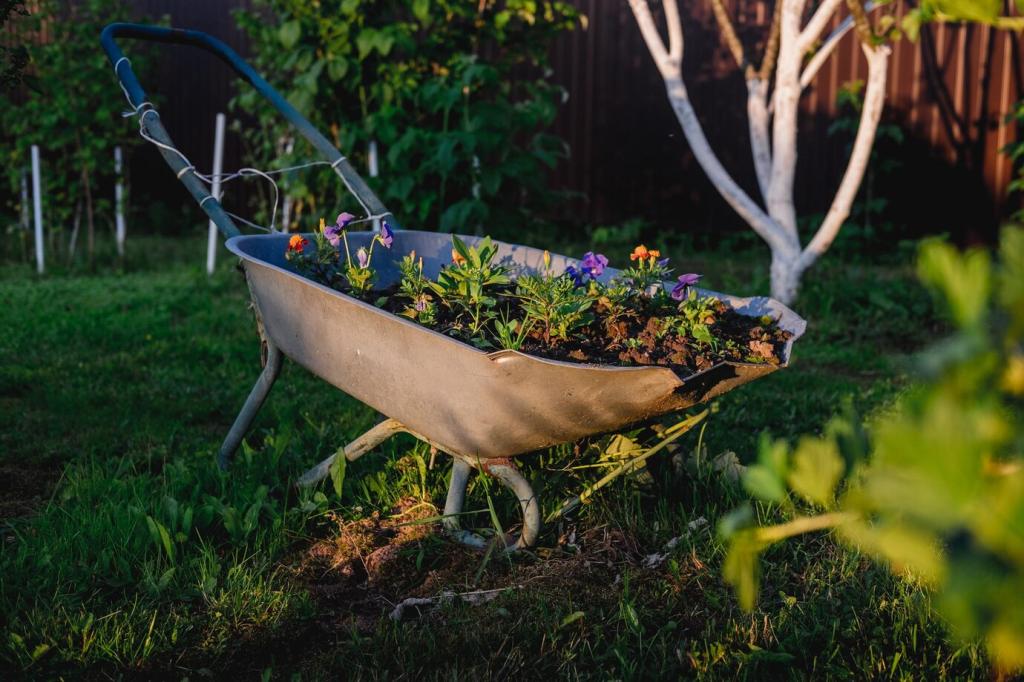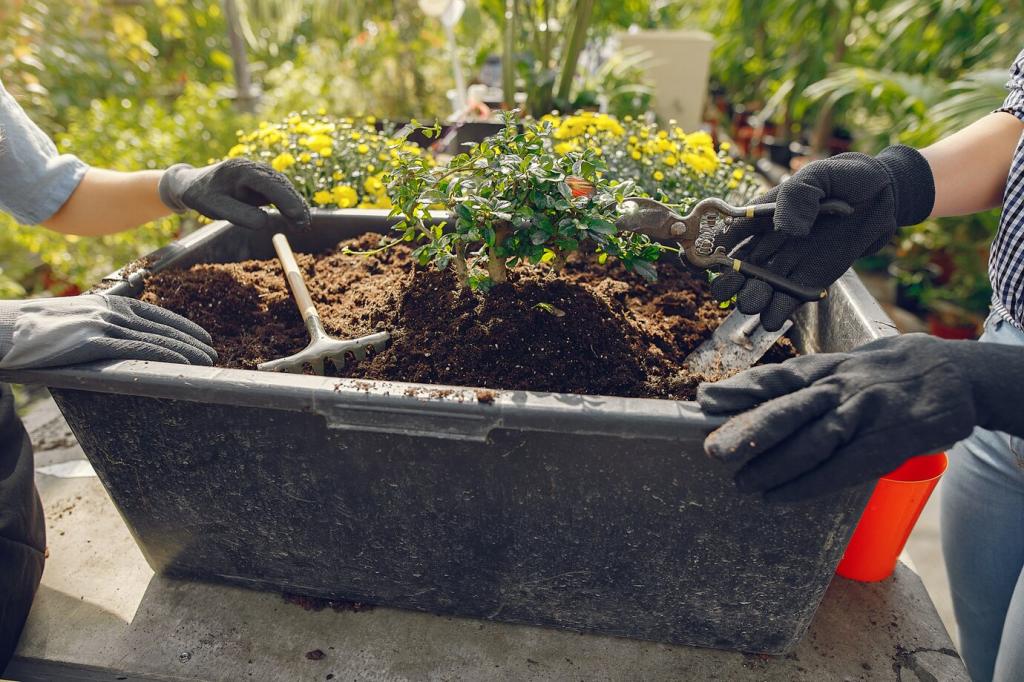Frost Shields: Covers, Cloches, and Cold Frames
Frost cloth and row cover fabrics hold warmth while letting air and light pass. Old bed sheets work in a pinch, but avoid plastic directly on foliage, which can amplify cold damage. Anchor edges firmly with stones, bricks, or pins so gusts don’t lift protection during critical overnight freezes.
Frost Shields: Covers, Cloches, and Cold Frames
Individual cloches guard small plants, while cold frames create a stable microclimate for greens. Angle lids slightly south for winter sun, and vent midday to release humidity. A neighbor saved winter lettuce by propping the frame open on mild afternoons—condensation dropped and leaf diseases stalled.



